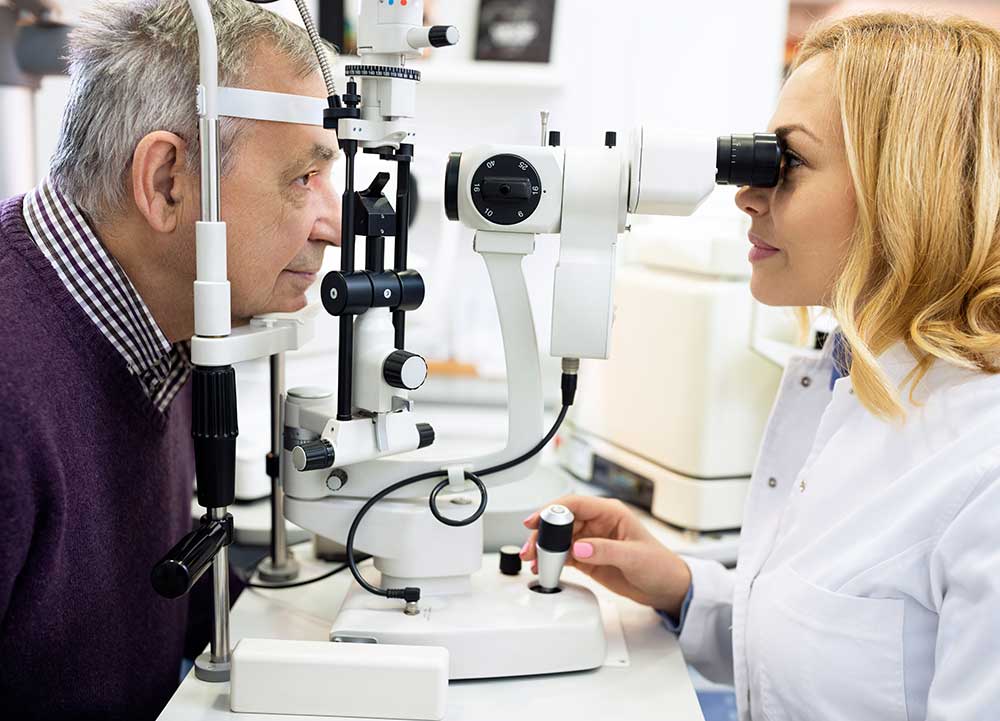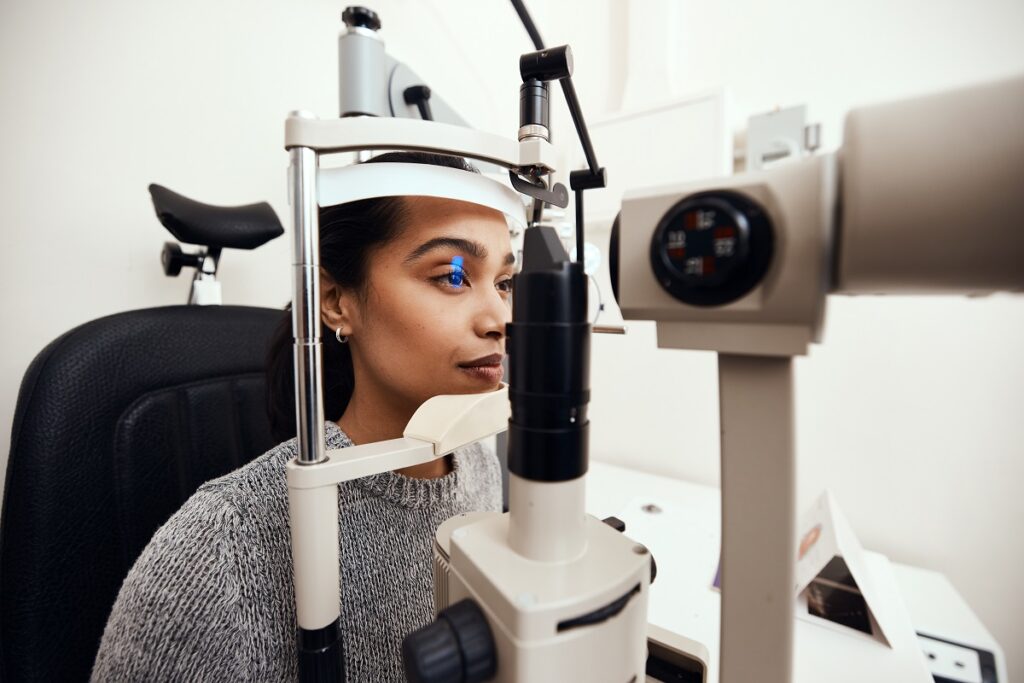Experience Personalized Treatment with Opticore Optometry in Chino
Experience Personalized Treatment with Opticore Optometry in Chino
Blog Article
Checking Out the most up to date Technological Developments in Optometry and What They Mean for Eye Doctors
In the ever-evolving area of optometry, current technological innovations are improving exactly how professionals approach eye care. From the precision of Optical Coherence Tomography to the nuanced understandings supplied by AI-driven diagnostic tools, these innovations are setting new requirements in patient evaluation and therapy. Teleoptometry is poised to redefine ease of access, guaranteeing that proficiency transcends geographical restrictions. As these innovations permeate the practice, optometrists are confronted with the obstacle of welcoming these tools to improve individual end results. The concern continues to be: how will these technological changes redefine the functions and duties within the profession?
Advancements in Diagnostic Devices
Progressing the area of optometry, developments in diagnostic devices have reinvented the method eye care experts evaluate and diagnose aesthetic impairments and eye problems. The previous years has actually witnessed substantial technological developments, making it possible for even more precise and comprehensive analyses.
One more trick advancement is the introduction of advanced corneal topography systems, which map the surface curvature of the cornea with accuracy. These tools are particularly useful for suitable contact lenses and diagnosing corneal conditions. Furthermore, electronic retinal imaging has transformed typical ophthalmoscopy, using comprehensive, breathtaking sights of the retina that help with comprehensive aesthetic examinations.
The growth of wavefront aberrometry has likewise been vital, enabling the evaluation of refractive mistakes with unequaled precision (Optometrist Chino). This innovation helps in tailoring corrective lenses and improving surgical outcomes for refractive surgical procedures. Collectively, these diagnostic innovations equip eye doctors to provide remarkable person care, guaranteeing very early intervention and tailored treatment techniques, eventually enhancing visual health and wellness end results
AI in Person Administration
Building on the foundation of cutting-edge analysis tools, the incorporation of expert system (AI) in patient monitoring stands for a transformative jump for optometry. AI systems are significantly utilized to improve efficiency, accuracy, and personalization in client treatment. By examining large amounts of information, AI can identify patterns and forecast prospective ocular problems, making it possible for eye doctors to customize treatments better. This capacity is vital in handling chronic eye conditions such as glaucoma and diabetic person retinopathy, where early discovery and constant monitoring are crucial.
Moreover, AI-driven systems facilitate streamlined individual interactions and administrative processes. Automated organizing, virtual assessments, and individualized follow-up plans not just improve patient fulfillment however likewise maximize time monitoring for professionals. These systems can triage people based on the seriousness of their problems, making certain that those in essential requirement get punctual attention.
Moreover, AI boosts decision-making by offering eye doctors with evidence-based recommendations and treatment pathways. By incorporating data from digital health documents, AI tools use understandings that educate scientific decisions, decreasing the danger of mistakes and improving person outcomes. As AI continues to evolve, its duty in client administration will likely broaden, improving the landscape of optometric care.
Developments in Retinal Imaging
In the realm of optometry, retinal imaging has witnessed remarkable technological improvements that are improving analysis capacities and person treatment. Advancements such as Optical Coherence Tomography (OCT) and fundus digital photography have actually revolutionized just how optometrists visualize and assess the retina.
Enhanced imaging techniques like OCT angiography are more refining analysis precision. Opticore Optometry. Such innovations promote the recognition of minute retinal adjustments that could symbolize disease development.
Furthermore, developments in man-made knowledge are increasing retinal imaging by making it possible for automated evaluation of big datasets. These systems aid eye doctors in identifying patterns indicative of pathology, consequently boosting analysis accuracy and efficiency. Jointly, these technologies are transforming retinal imaging into a keystone of contemporary eye care, enhancing end results and expanding restorative possibilities.
Teleoptometry's Expanding Function
Teleoptometry is progressively ending up being a crucial element of eye treatment, driven by improvements in digital communication and analysis tools. you could try these out This is particularly beneficial in see it here underserved and country areas where accessibility to specialized eye treatment is frequently limited.
The combination of fabricated knowledge (AI) further boosts teleoptometry, making it possible for the analysis of aesthetic data and aiding in the detection of eye conditions such as glaucoma and diabetic person retinopathy. AI-powered formulas can rapidly interpret complicated imaging data, giving eye doctors with useful insights that boost medical decision-making.
Furthermore, teleoptometry sustains continuity of care with smooth integration with electronic health and wellness records (EHRs), enabling eye doctors to keep extensive client backgrounds. When consulting with various practitioners., this guarantees that people obtain individualized and regular treatment also.
Despite these advantages, difficulties stay, consisting of ensuring data protection and handling person expectations. Nonetheless, teleoptometry stands for a substantial stride in the direction of more available, reliable, and patient-centered eye care. As modern technology evolves, its function is positioned to broaden additionally.

Future Patterns in Eye Treatment
A myriad of ingenious patterns is readied to reshape the future of eye treatment, driven by technological innovations and the evolving needs of patients. One considerable fad is the assimilation of man-made knowledge (AI) in diagnostics, which guarantees to enhance the precision and efficiency of eye evaluations. AI formulas can analyze vast quantities of information from retinal pictures, potentially finding problems like diabetic retinopathy and glaucoma earlier than traditional techniques.
In addition, tailored medication is acquiring grip in optometry, with genetic testing educating personalized therapy strategies. This technique aims to enhance person outcomes by customizing treatments to individual hereditary profiles. Wearable modern technology, such as clever contact lenses, is also on the perspective, using real-time monitoring of intraocular pressure or sugar degrees, therefore offering continual insights right into ocular and systemic wellness.
The adoption of increased reality (AR) and digital fact (VIRTUAL REALITY) in training and client education and learning is one more emerging fad. These innovations offer immersive experiences that can improve understanding and abilities both for individuals and optometrists. As these fads advance, eye doctors should remain abreast of technical advancements to give advanced care, making sure enhanced patient use this link end results and complete satisfaction in the dynamic landscape of eye care.
Conclusion

Collectively, these diagnostic innovations equip optometrists to deliver exceptional individual care, ensuring early intervention and tailored treatment methods, eventually boosting visual health outcomes.

As these innovations continue to progress, eye doctors should adapt and include them right into technique, eventually optimizing operations performance and elevating the requirement of eye treatment supplied to patients.
Report this page